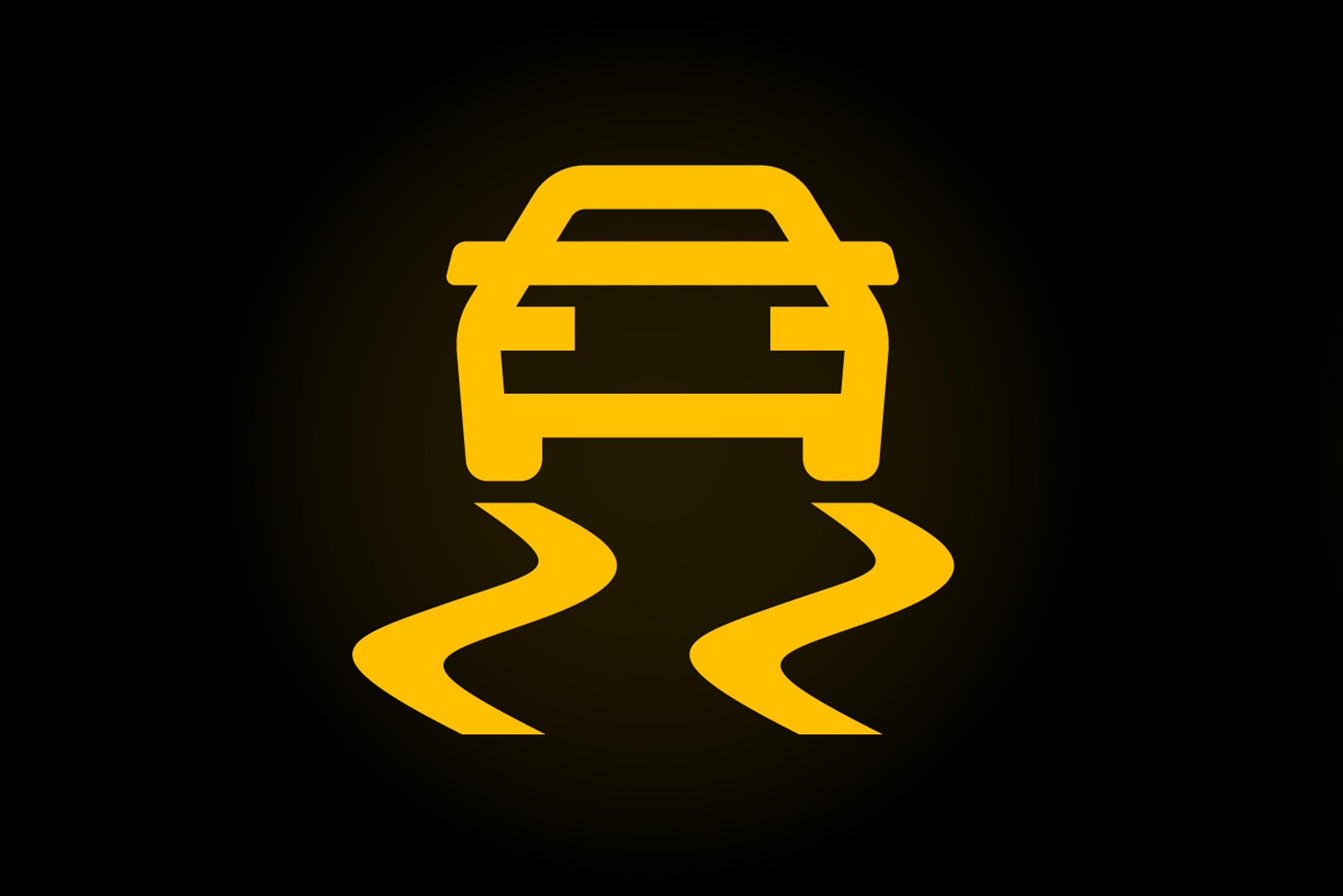
Well the day is nearly upon us! March 1st 2020.
ESC defined as: “Electronic stability control (ESC), also referred to as electronic stability program (ESP) or dynamic stability control (DSC), is a computerized technology that improves a vehicle’s stability by detecting and reducing loss of traction (skidding). … Some ESC systems also reduce engine power until control is regained.”
Automobile Association of NZ’s report
Also the ministry of transport has pitched in it’s views and recommendations
and the VTNZ announcement
So the day has come upon us. The key phrase in this announcement:
“all other used class MA, MB and NA light passenger and goods vehicles inspected at the border from 1 March 2020.”
First of all: “inspected at the border”, what does this mean?
Border inspection for vehicles going into NZ occurs at the ports in Japan. Once the car is IN the yard, even if not inspected, it is considered border checked. So any non-ESC equipped vehicles must be in the yard by February the 28th. To safely purchase from local auctions and allowing transportation to the yard, consider the “cut-off” date to be February 17th for non-ESC equipped vehicles.
Exemptions? The following categories of vehicles are exempt from these new ESC rules into New Zealand:
…. low volume schemes, “immigrant vehicles” (privately owned and used overseas), 20 year old vehicles, special interest vehicles….
All other vehicles must have some form of electronic stability control if imported into New Zealand. The problem: not all recently sold new vehicles sold in Japan were sold with ESC, ESC being a maker option. ESC is NOT stated on the auction sheets. ESC is not stated on the de-reg. documents. Some models always have ESC, some models they are an option, some models don’t have ESC.
I will follow up this blog with a gradual list of vehicles that DO and DO NOT have ESC. But until then it is “buyer beware”. Here at Provide Cars we consider ourselves “the buyer” for the “buyers”, so we always check on the existence of ESC on a vehicle before bidding.